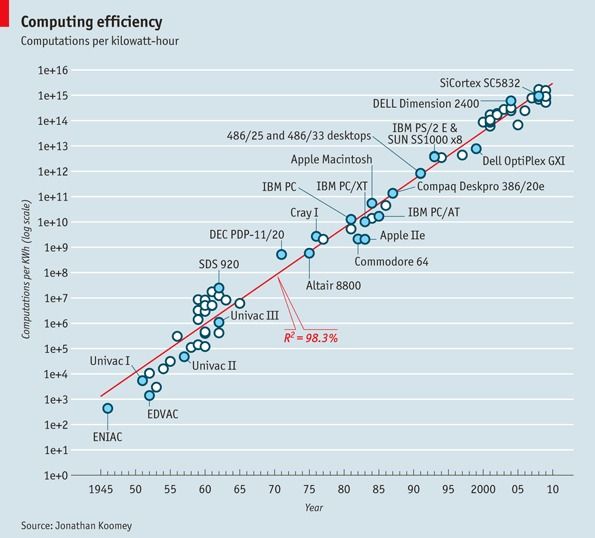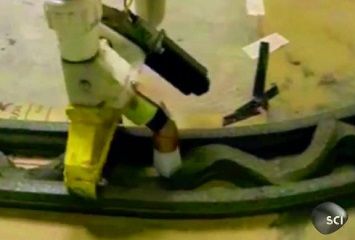Dec 23, 2013
Singapore Government Decides Not to Interfere With Bitcoin
Posted by Seb in categories: bitcoin, business, economics, geopolitics, government
for Tech in Asia

The Monetary Authority of Singapore (MAS), the country’s central bank, has decided not to intervene on whether businesses can accept Bitcoin as a means of transacting goods and services.
“Whether or not businesses accept bitcoins in exchange for their goods and services is a commercial decision in which MAS does not intervene,” it told Singapore-based Bitcoin trading platform Coin Republic in an email.













